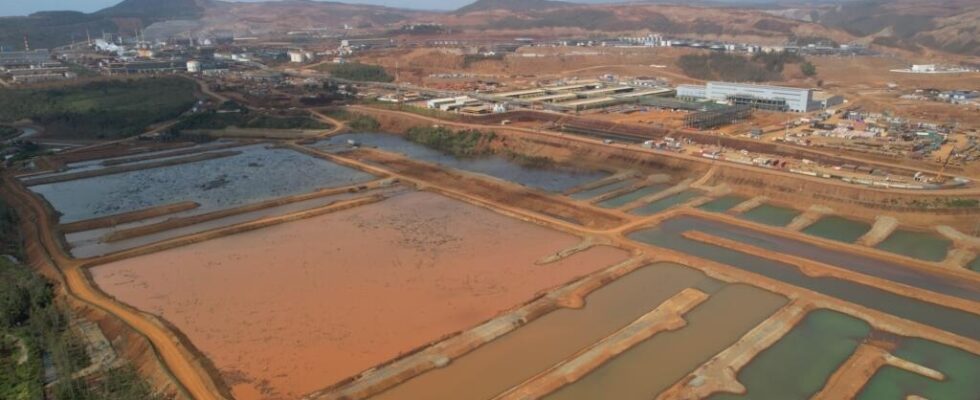Using high-resolution satellite images, The TreeMap researchers have produced a highly accurate map of the impact of mining on deforestation in Indonesia since 2001. The extreme precision of the images makes it possible to detail the minerals exploited, the size of the operations and even the areas polluted by mining residues. An activity that is now affecting regions with previously unspoiled biodiversity.
2 min
Some 721,000 hectares of forest cleared since 2001, including 150,000 of primary forest, is little compared to the 3 million hectares cleared for palm oil plantations, but for researcher David Gaveau, founder of the project The TreeMapthis explains : “ This is normal because they tend to dig rather than spread. »
But by digging, the mining industry has a strong impact on sometimes very remote areas. Mining companies are taking land from indigenous people and this is creating conflict, with criminalization of indigenous people, pollution of rivers, streams and coastal areas, and expropriation of local people “, underlines David Gaveau.
” Although deforestation is low, it is occurring in areas that were until recently untouched. »
Coal and gold are the most exploited minerals, but with the development of electric vehicles, the exploitation of nickel, necessary for the manufacture of batteries, has exploded in Indonesia.
” What you need to know is that even though deforestation is low, especially for nickel, it is now appearing in areas that were until recently intact and are no longer intact today because of nickel. We think it is serious. “, insists the founder of The TreeMap.
Thus, Weda Bay, isolated and untouched until 2018, has become a major nickel deposit, exploited by the company Eramet, 30% owned by the French state.
Read alsoNickel mine in Indonesia: the French government’s environmentally unfriendly financing
Indonesia has the largest nickel reserves in the world
Deforestation for mining accounts for only a fraction of the land cleared for palm oil and timber plantations. But concerns about underground resources are growing as Indonesia increasingly relies on coal and seeks to expand exploitation of its nickel reserves.
The archipelago has the world’s largest reserves of nickel, a highly sought-after mineral crucial for making electric vehicle batteries. Indonesia was by far the country with the highest deforestation linked to mining in the world between 2001 and 2020, according to a 2023 WWF study.
Read alsoIndonesia: the consequences of massive forest clearing
